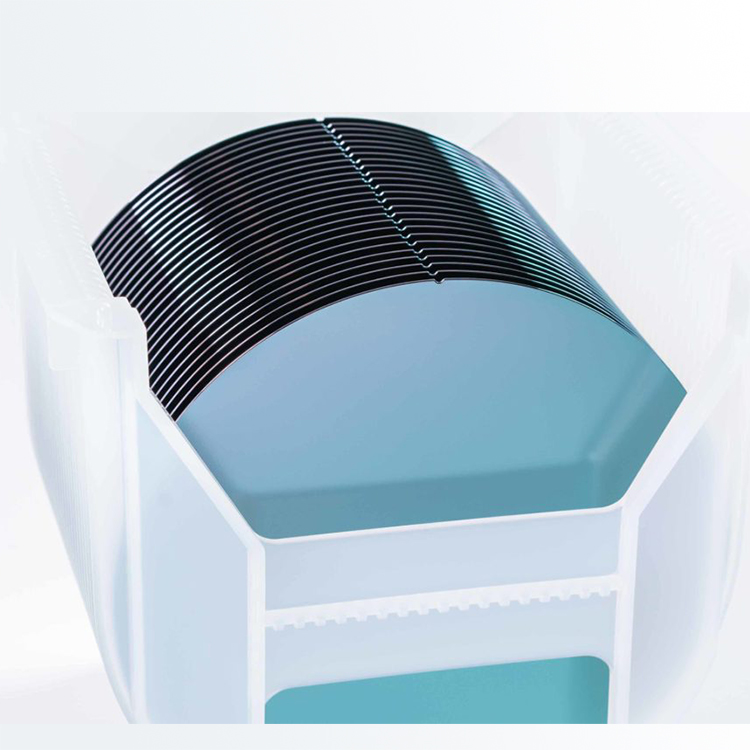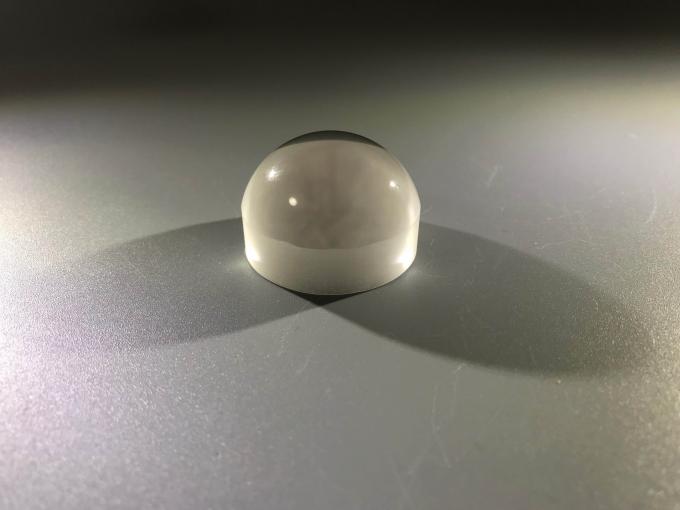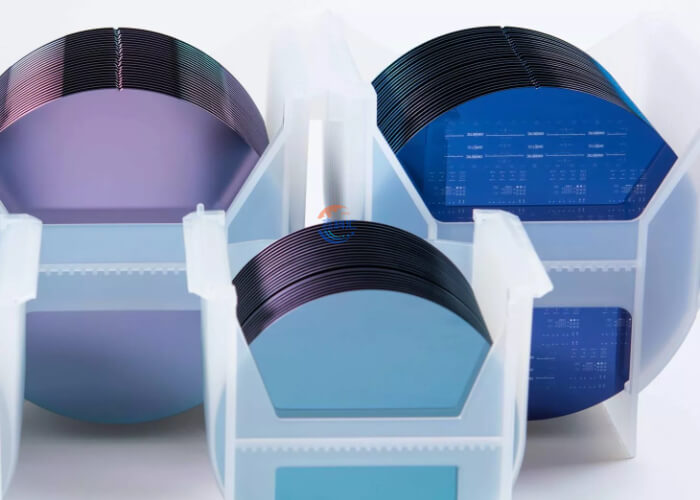Poor sealing of wafer cassettes can have the following impacts on chip manufacturing:
Contamination issues
If the wafer cassette is not tightly sealed, dust, particles, and various contaminants from the external environment can enter. These contaminants can adhere to the wafer surface, affecting the purity and quality of the semiconductor materials. This can lead to defects in the chip manufacturing process, such as short circuits, open circuits, or reduced performance of the final chip.
If the wafer cassette is not tightly sealed, dust, particles, and various contaminants from the external environment can enter. These contaminants can adhere to the wafer surface, affecting the purity and quality of the semiconductor materials. This can lead to defects in the chip manufacturing process, such as short circuits, open circuits, or reduced performance of the final chip.
Moisture intrusion
A poorly sealed cassette may allow moisture to enter. Moisture can cause corrosion and oxidation of the metal interconnects and other components on the wafer. This can damage the electrical properties of the chip and reduce its reliability and lifespan.
A poorly sealed cassette may allow moisture to enter. Moisture can cause corrosion and oxidation of the metal interconnects and other components on the wafer. This can damage the electrical properties of the chip and reduce its reliability and lifespan.
Oxidation and chemical reactions
Air and moisture can also trigger oxidation and chemical reactions with the materials on the wafer. This can change the chemical composition and physical properties of the semiconductor materials, affecting the functionality and performance of the chip.
Air and moisture can also trigger oxidation and chemical reactions with the materials on the wafer. This can change the chemical composition and physical properties of the semiconductor materials, affecting the functionality and performance of the chip.
Inconsistent processing results
Poor sealing can lead to inconsistent environmental conditions inside the cassette. This can cause variations in the manufacturing process, such as differences in etching rates, deposition thicknesses, or doping concentrations. As a result, the quality and performance of the chips produced may vary, making it difficult to achieve consistent high-quality production.
Poor sealing can lead to inconsistent environmental conditions inside the cassette. This can cause variations in the manufacturing process, such as differences in etching rates, deposition thicknesses, or doping concentrations. As a result, the quality and performance of the chips produced may vary, making it difficult to achieve consistent high-quality production.
Damage during transportation and handling
A wafer cassette with poor sealing may not provide sufficient protection during transportation and handling. Vibrations and shocks can cause the wafers to move inside the cassette, potentially leading to scratches, cracks, or other physical damages. This can further affect the yield and quality of the chip manufacturing process.
A wafer cassette with poor sealing may not provide sufficient protection during transportation and handling. Vibrations and shocks can cause the wafers to move inside the cassette, potentially leading to scratches, cracks, or other physical damages. This can further affect the yield and quality of the chip manufacturing process.


















